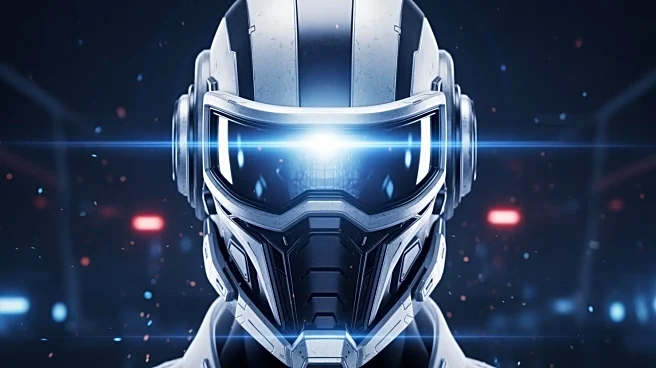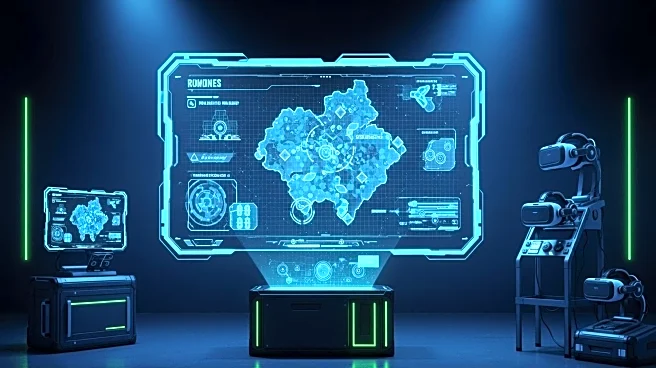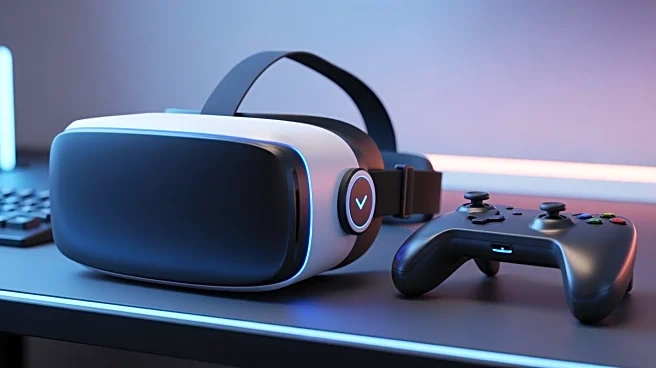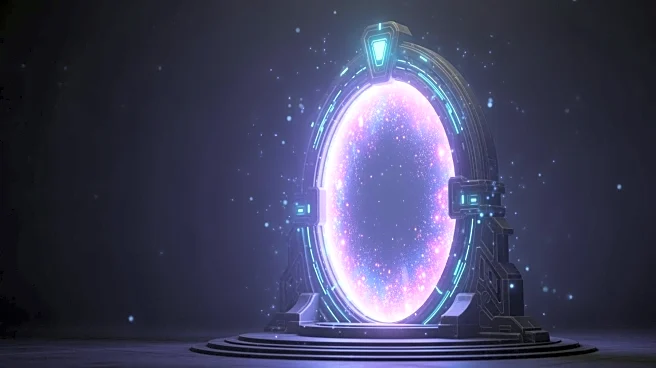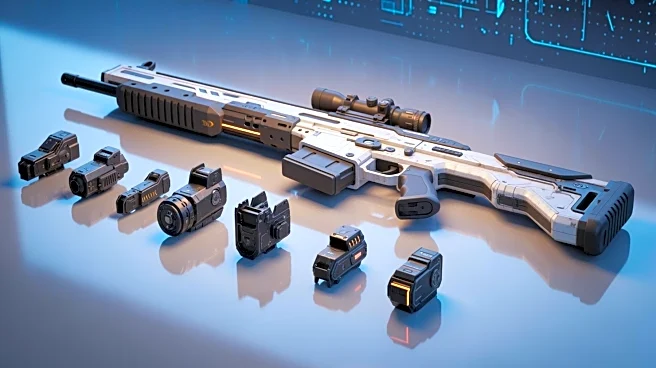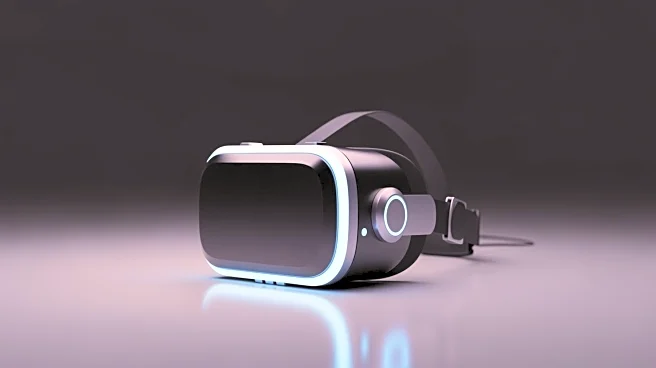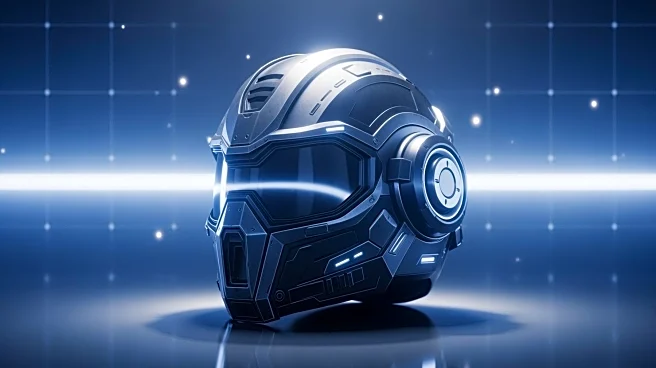What's Happening?
Players of Battlefield 6, a popular first-person shooter game developed by EA and Battlefield Studios, are experiencing significant issues with the game's lighting effects. Many players report that the lighting is excessively
bright, particularly when transitioning from indoor to outdoor environments, causing the screen to turn almost completely white. This issue has been likened to a 'flashbang' effect, which is problematic in a competitive gaming environment where visibility is crucial. The problem affects players across different platforms, including PC, PlayStation 5, and Xbox. While some players have attempted to adjust their settings to mitigate the issue, such as toggling HDR or altering brightness settings, these solutions are not universally effective. DICE's principal game designer, Florian Le BiHan, has acknowledged the problem and stated that the studio is working on improvements to address the lighting effects.
Why It's Important?
The lighting issue in Battlefield 6 highlights the challenges game developers face in balancing realism with playability. Excessive brightness can detract from the gaming experience, particularly in competitive settings where visual clarity is essential. The widespread nature of the complaints suggests a significant impact on the player base, potentially affecting the game's reputation and sales. Addressing these technical issues is crucial for maintaining player satisfaction and the game's competitive integrity. The situation underscores the importance of thorough testing and player feedback in the development process, as well as the need for timely updates and patches to resolve such issues.
What's Next?
As the developers work on a solution, players may continue to experiment with temporary fixes to improve their gaming experience. The gaming community will likely monitor the situation closely, awaiting official updates from EA and Battlefield Studios. The response to this issue could influence future game development practices, particularly regarding the implementation of realistic lighting effects. If the problem persists, it may lead to broader discussions about quality control and player feedback mechanisms in the gaming industry.
